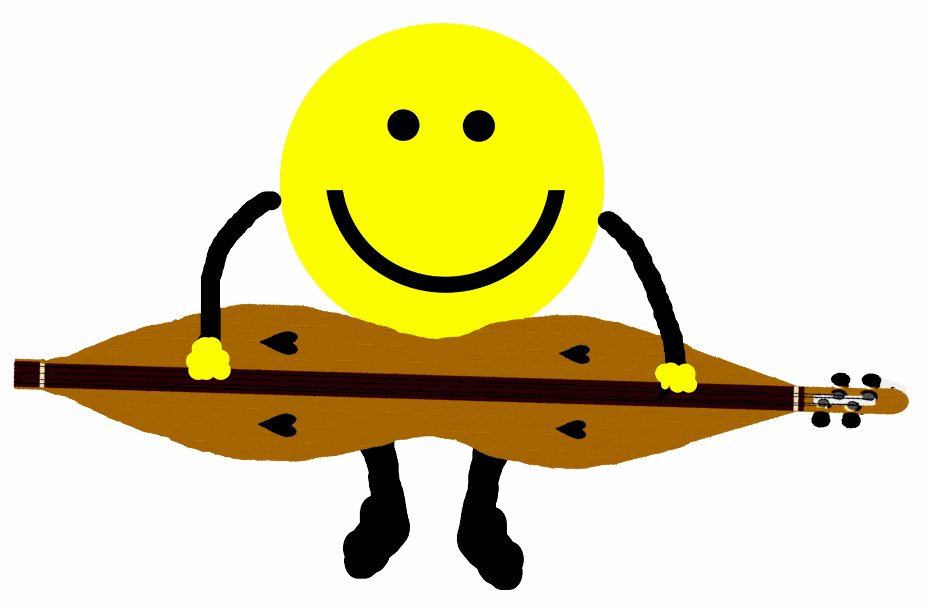Looking to buy a new dulcimer
Instruments- discuss specific features, luthiers, instrument problems & questions
Unless you have perfect pitch, for all intents and purposes, any ordinary dulcimer like a McSppaden can be played in either DAd or DAA without any issues, simply by changing the tuning. You'll nevere hear the difference. Any ordinary dulcimer can be played in any tuning, provided the strings are appropriate for the tuning you want. A standard string set for DAA/DAd will let you tune up to FCC or FCf before the strings get too tight; or down to BEE or BEb before the strings get sloppy loose.
There are indeed dulcimers built specifically for certain tunings. But McSpadden is talking about tuning the dulcimer a certain way, not building it to be only played in DAA versus DAd... Nate is right to say that the intonation can be tweaked slightly, but most people can't hear the difference...


